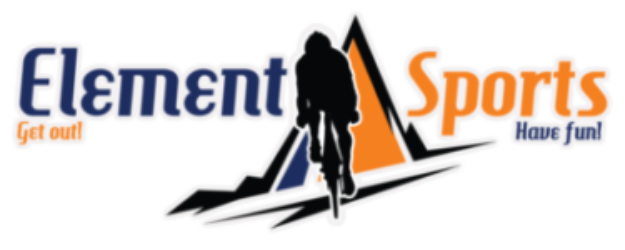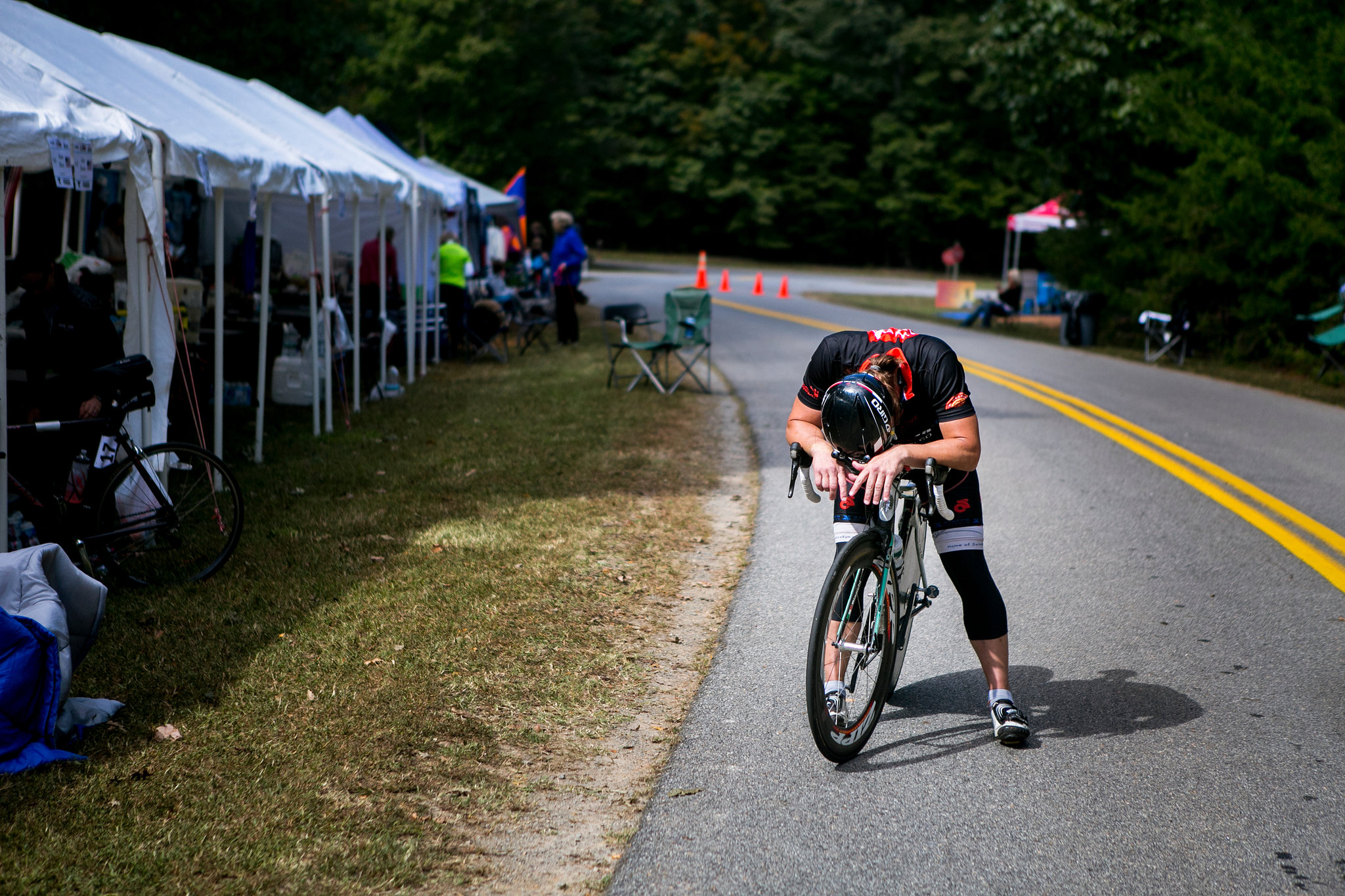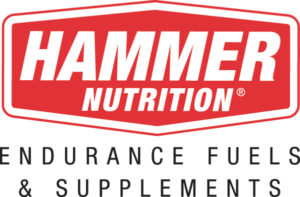
Ever taken a really long ride, maybe further than you meant to go, and found yourself exhausted? You can barely turn the pedals even though the road is flat; you wish you could just stop and take a nap on the side of the road? You bonked. I’ve certainly been there. I bonked in the 2017 Shenandoah Mountain 100; I had been setting PRs for the first 50 miles or so, then suddenly had nothing left. If you’ve ridden, or have done any kind of endurance sport or activity, you have probably bonked. So how to avoid bonking? In this post, I’d like to discuss bonking and other ailments that are due to nutritional deficiencies during rides. I’ll share some simple steps to help avoid such problems during your ride.

The first nutritional element we will discuss is water, as it is the most important. Seeing as your body is 60-70% water, you kind of need to make sure you have enough, right? Even as a little as a 2% reduction from optimal hydration can cause up to a 10% loss in performance. So you need to make sure you stay hydrated to avoid bonking. Dehydration can also lead to cramping, headache, heat exhaustion, and heat stroke. You need at least 16 ounces of water per hour of riding, double that if it’s hot and you’re riding hard. Planning to ride in 100 degree heat? Make sure you drink at least TWO bottles per hour! And even when it is cooler out, you still need water. When it’s cold, you don’t tend to feel as thirsty, and drink less. Yes, you may be sweating less, but your body is still using water, so you need to make sure that you are still drinking. And always, drink BEFORE you feel thirsty! Once you’re feeling thirsty, you’re already starting to feel some of the negative effects of dehydration. If you have a big event coming up, make sure you are hydrated well starting a few days before the event (well, you always should, but especially before an event). During a big ride, if you are not having to urinate at least every other hour, there’s a good chance you aren’t drinking enough.
Just don’t try to take your drink like this guy, or you’ll end up dehydrated for sure!

Generally, for any ride shorter than an hour, you probably don’t need anything more than water to fuel your ride. Food is unnecessary for shorter rides. Although, you may still benefit from some other supplementation, like extra sodium, potassium, and magnesium, which get sweated out. Making sure your electrolytes are replenished will help keep you from cramping. I like to use Hammer Endurolytes, as well as a sports drink. I also will use Sportslegs on longer rides, as the lactate helps keep soreness down. Cramping can be due to several factors, some of which can be remedied. Dehydration and lack or electrolytes are common causes, but a big cause is over-exertion. Just plain old, going harder than you’ve trained for. It’s why you might never normally cramp, but do in a race or big event: you’re going harder than you usually do. If you do cramp, extra hydration and electrolytes can help, as can vinegar and turmeric – often taken as pickle juice or mustard. It surprisingly works very well!
Ok. So what if you are going on a longer ride? What should your ride nutrition be. Generally, you’ll need to consume 200-300 calories an hour, mostly carbs. You want some simple carbs (sugar) for quick access and some more complex carbs to keep you going the distance. Like water, you want to eat BEFORE you’re hungry. If you know you are going out for several hours, start eating something within about 30-45 minutes into the ride, if not earlier. For rides over 2-3 hours, you should take in some protein as well as carbs. As for what you should eat? That’s going to take some trial and error. There are a lot of different thoughts on this, and in my experience, no one of them is the only answer. Many people find they can’t use gels, etc, and can only stomach real food. Real food is great, of course, but it also tends to be heavier and sit in the stomach longer, taking longer to digest. But the gels and chews upset some people’s stomachs. You’ll probably have to do some experimentation to find out what works best for you. I like to use a bit of both. On rides up to about 3-4 hours, I’m usually fine with gels, chews, and bars. Or I use a drink mix like Infinit Go Far that has everything in the drink. For really long rides, I’ll usually add in some real food into the mix: bananas, sandwiches, etc. Of course, it’s probably best to find one method that works for you and use the same method during training and events so there are no surprises. Definitely DO NOT change your nutrition method the day of an event to something you haven’t tried before!
There are many, many products from many, many companies that are designed to meet your nutritional needs while cycling. We stock products from Clif Bar, Hammer Nutrition, Honey Stinger, Jelly Belly, GU, Infinit, and others. Stop in, and we’ll be happy to share our experience with the various options to help you figure out what will work best for you. Fueled right, you’ll avoid the Bonk and ride strong all day long!
#GetOutHaveFun
#Wehavealltheelementsforyournextgreatadventure
Hammer Nutrition offers great products to enhance your cycling performance. Hammer Nutrition is also a sponsor for our Triple Peak Gran Fondo!



Comments are closed